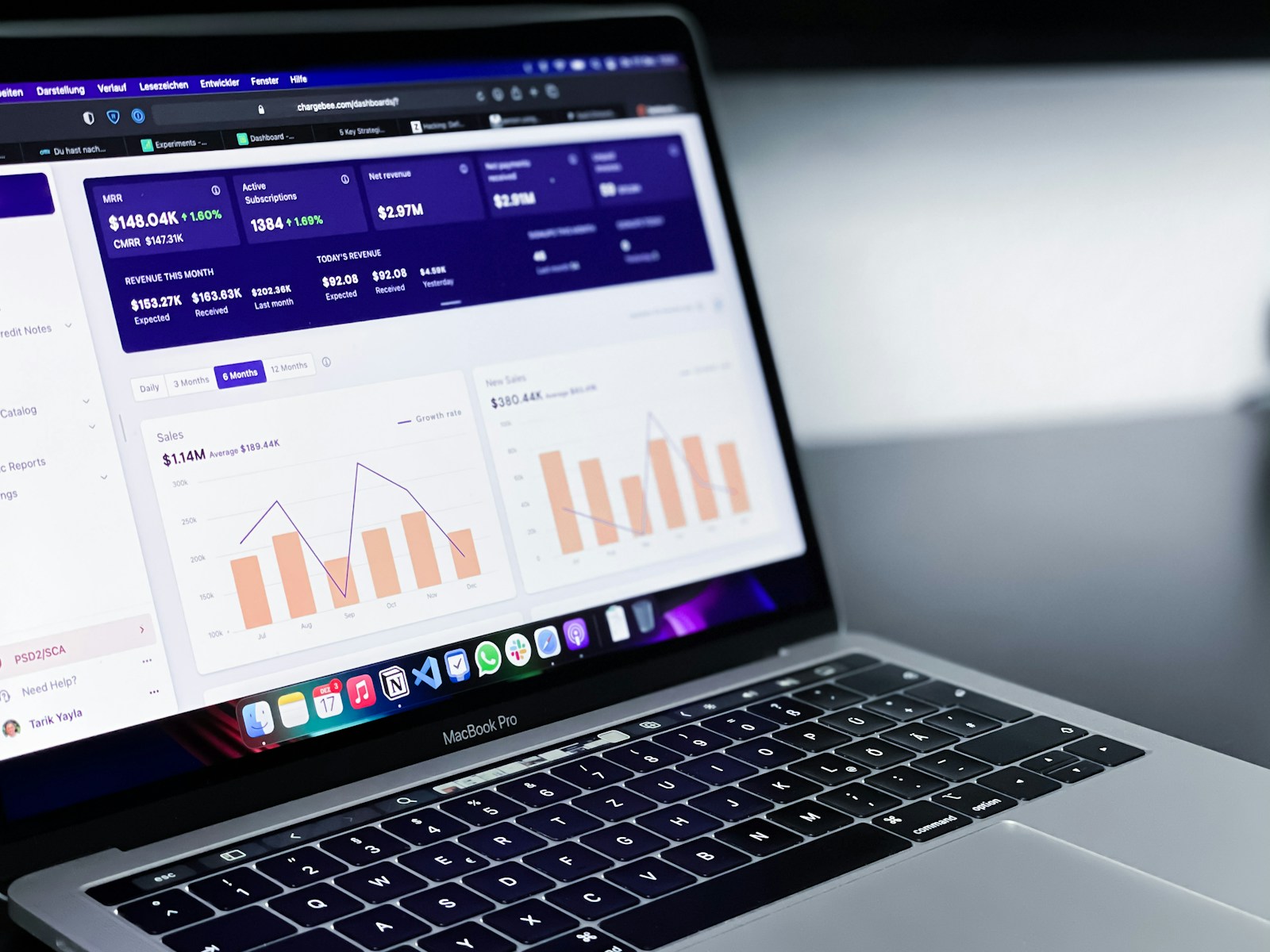Introduction
In modern marketing, A/B testing plays a pivotal role in optimizing campaign performance. A/B testing involves comparing two versions of a marketing asset to determine which one performs better. This method helps marketers make data-driven decisions to improve conversions and engagement. Artificial Intelligence (AI) is revolutionizing marketing by enhancing various processes, including A/B testing. Leveraging AI in A/B marketing can lead to more accurate insights and faster optimizations.
Understanding A/B Marketing
A/B testing is a method used by marketers to compare two versions of a marketing asset, such as a webpage or email, to determine which one performs better. It involves dividing the audience into two groups and showing each group a different version of the asset. The version that generates better results, such as higher click-through rates or conversions, is considered the winner. A/B testing is essential in marketing because it allows marketers to make data-driven decisions and improve the effectiveness of their campaigns. Examples of A/B testing include testing different subject lines in email marketing or testing different images on a website landing page.
The Role of AI in A/B Marketing
Artificial Intelligence (AI) is transforming A/B marketing by streamlining processes and providing deeper insights into consumer behavior. With AI, marketers can analyze large volumes of data quickly and accurately, identifying patterns and trends that may not be apparent to human analysts. This allows for more informed decision-making and more effective A/B testing. Additionally, AI can automate the A/B testing process, allowing marketers to test multiple variations simultaneously and in real-time.
However, integrating AI into A/B marketing comes with its challenges, such as ensuring the quality and reliability of the data used by AI algorithms and addressing potential biases in the algorithms themselves. Despite these challenges, the benefits of using AI in A/B marketing far outweigh the drawbacks, leading to more efficient and effective marketing campaigns.
Implementing AI in A/B Marketing
Implementing AI in A/B marketing involves several key steps, starting with data collection and analysis. AI-powered tools can gather and analyze vast amounts of data from various sources, providing valuable insights into consumer behavior and preferences. These insights can then be used to create personalized marketing experiences tailored to individual customers.
Furthermore, AI can optimize targeting and segmentation strategies, ensuring that the right message reaches the right audience at the right time. This not only improves the effectiveness of marketing campaigns but also helps to maximize return on investment. Additionally, AI algorithms can continuously monitor campaign performance and make real-time adjustments to optimize results, allowing marketers to stay agile and responsive in a rapidly changing environment.
Finally, case studies of successful AI-driven A/B marketing campaigns can provide valuable insights and inspiration for marketers looking to implement AI in their own strategies. By learning from these examples and leveraging the power of AI, marketers can unlock new opportunities for growth and innovation in their A/B marketing efforts.
Tools and Platforms for AI-Powered A/B Marketing
Numerous tools and platforms are available to assist marketers in implementing AI-powered A/B marketing strategies. These platforms offer a range of features, including data analytics, predictive modeling, and automated testing capabilities. Popular options include Google Optimize, Optimizely, and Adobe Target, each with its unique strengths and capabilities.
When choosing a tool or platform for AI-powered A/B marketing, it’s essential to consider factors such as ease of use, integration with existing systems, and scalability. Additionally, comparing the features and pricing of different options can help ensure that you select the solution that best meets your specific needs and budget.
Moreover, staying informed about emerging trends and advancements in AI technology can help marketers stay ahead of the curve and take advantage of new opportunities for innovation and growth. By continually evaluating and adapting their A/B marketing strategies, marketers can maximize the impact of AI on their campaigns and drive better results for their businesses.
Ethical Considerations and Best Practices
As marketers leverage AI for A/B marketing, it’s crucial to address ethical considerations and adhere to best practices. One primary concern is ensuring data privacy and security, safeguarding customer information from unauthorized access or misuse. Transparency is also essential, providing clear explanations of how AI algorithms are used to personalize marketing experiences while respecting user privacy.
Furthermore, marketers must strive to avoid biases in AI algorithms, which can inadvertently perpetuate discrimination or exclusion. By regularly auditing and testing AI systems for bias, marketers can ensure fair and equitable treatment for all customers. Additionally, compliance with relevant regulations, such as GDPR and CCPA, is essential to avoid legal repercussions and maintain trust with customers.
Ultimately, ethical AI practices are not only morally responsible but also beneficial for business reputation and customer loyalty. By prioritizing transparency, fairness, and compliance, marketers can build trust with their audience and establish themselves as ethical leaders in the industry.
Future Trends in AI and A/B Marketing
Looking ahead, several emerging trends are shaping the future of AI and A/B marketing. One significant trend is the continued advancement of AI technologies, including machine learning and natural language processing, which will further enhance the capabilities of A/B testing and personalization. Additionally, the proliferation of data from various sources, including social media, IoT devices, and wearables, will provide marketers with even more opportunities to understand and engage with their audience.
Moreover, the rise of voice search and conversational AI presents new challenges and opportunities for A/B marketing. Marketers will need to adapt their strategies to optimize for voice-enabled devices and conversational interfaces, providing seamless and personalized experiences for users.
Furthermore, the increasing focus on sustainability and social responsibility is likely to influence A/B marketing strategies, with consumers demanding more ethical and environmentally friendly products and services. AI can help marketers analyze consumer sentiment and preferences, allowing them to tailor their messaging and offerings to align with these values.
By staying informed about these trends and embracing innovation, marketers can position themselves for success in the rapidly evolving landscape of A/B marketing.
Conclusion
In conclusion, the integration of AI into A/B marketing offers immense potential for marketers to optimize their campaigns and drive better results. By leveraging AI-powered tools and platforms, marketers can analyze data more effectively, personalize experiences for customers, and optimize targeting and segmentation strategies. While there are challenges and ethical considerations to navigate, the benefits of AI in A/B marketing far outweigh the drawbacks.
As we look to the future, emerging trends in AI and A/B marketing promise even greater opportunities for innovation and growth. By staying informed and embracing new technologies, marketers can stay ahead of the curve and deliver exceptional experiences for their customers.
Incorporating AI into A/B marketing is not just a competitive advantage but a necessity in today’s digital landscape. Marketers who embrace AI will be better positioned to meet the evolving needs and expectations of their audience, driving success for their businesses.


